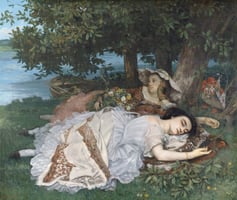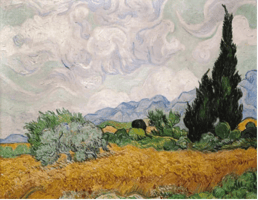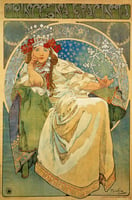Gustave Courbet is one of the most influential French artists of the 19th century, and is...
Exploring the Innovative Art of the 19th Century: A Look at the Masters of the Era
The 19th century was a time of great artistic expression and development, with many of the world’s most recognized masterpieces being created during this period. From the Romanticism of the early 19th century to the Impressionism of the late 19th century, the 19th century saw a dramatic shift in the way art was created, viewed, and appreciated.
The Romantic Movement, which began in the early 19th century, sought to capture emotion and imagination in art. Artists like Caspar David Friedrich and John Constable used nature as a primary subject for their works, creating dramatic and emotive scenes of the natural world. Romanticism also saw the emergence of new art forms, such as the landscape and seascape painting, as well as a renewed interest in portraiture.
The mid 19th century also saw the emergence of the Realism movement, which sought to capture a more realistic depiction of everyday life in art. Artists like Jean-Francois Millet and Gustave Courbet used simple, everyday subjects as the basis for their art, creating works that were considered more truthful and accurate representations of life.
The end of the 19th century saw the emergence of the Impressionist movement, which sought to capture the fleeting effects of light and color in art. Artists like Claude Monet and Pierre-Auguste Renoir used a loose, broken brushstroke technique to create works of art that were filled with light and movement. The 19th century was a period of great artistic innovation, and many of the world’s most beloved masterpieces were created during this period. From the Romanticism of the early 19th century to the Impressionism of the late 19th century, art during this period was constantly evolving and developing, leading to the creation of some of the most iconic works of art in history.




